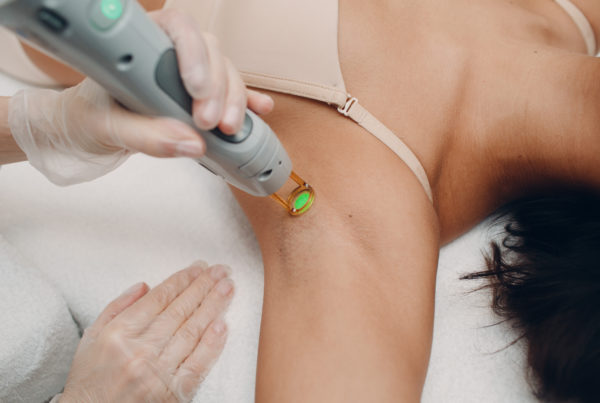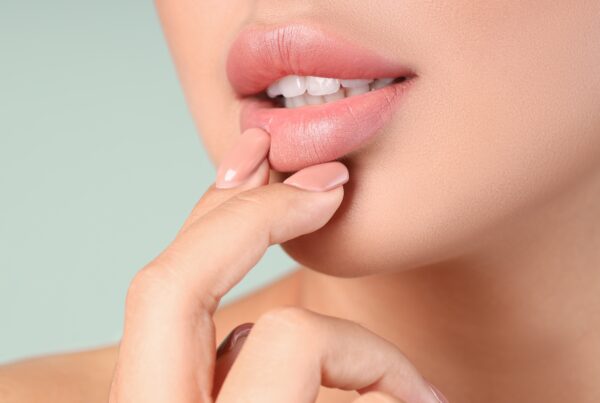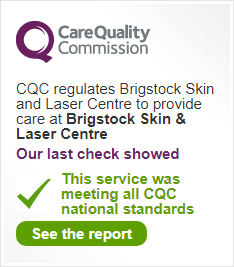How can I treat Post-Inflammatory Hyperpigmentation?
Post-inflammatory hyperpigmentation (PIH) is what happens after an injury or trauma to the skin, such as a severe acne breakout or other inflammation.
PIH is a form of skin pigmentation. On darker skin it will usually present as a brown patch and on fair skin, a reddish/tan patch. In some cases, the patch could be a bluish colour.
So what causes PIH?
It occurs when the skin cells make extra melanin in reaction to damage or irritation. Although melanin is a totally natural substance, it can create these unwanted dark patches or spots.
Skin conditions that can lead to PIH include acne, impetigo and eczema, but some people will experience it after insect bites, burns, skin allergies, rashes and infections.
It can also happen as a result of procedures such as laser therapy and chemical peels. This is fairly rare and as long as your technician is experienced, it’s unlikely to happen.
Who is most at risk?
Hyperpigmentation issues are more likely to effect darker skin types due to the skin already producing a higher melanin content. Therefore, hormones or trauma can trigger an increase in melanin production around the affected area.
So, by default darker skin is more at risk of PIH. However, it can affect any skin type though and doesn’t differentiate between men and women. PIH can occur at any age.
Darker skin types are more likely to have hyperpigmentation issues as the skin is already creating melanin and hormones or trauma can trigger an increase in melanin production. So by default darker skin is more at risk of PIH. However, it can affect any skin type though and doesn’t differentiate between men and women. PIH can occur at any age.
Can PIH be treated?
Sometimes PIH will go away without any treatment. Even if it doesn’t, some people will be happy living with PIH. Using good make up that matches your skin tone and doesn’t clog your pores will help.
But if PIH causes you any concerns or makes you less confident or more anxious, then there are a variety of treatments you can choose from to improve the condition.
It may help to look at the cause of the PIH to help choose the treatment, for example if it is caused by acne, or by a skin allergy. There may be treatments you should avoid.
Getting advice from an expert, ideally a dermatologist, can ensure you choose the best option for your particular skin and condition, and even make the difference between the treatment working or having little effect. For example, if you have deeper dermoid PIH you may need a stronger chemical peel, or a particular type of laser or light therapy.
What treatment should I consider?
- Peel it off!
Chemical peels using exfoliating acids remove the top layers of your skin using products with a low-pH acid. These remove dead and discoloured skin and deliver depigmenting agents into the skin to tackle hyperpigmentation at a cellular level. From £99 for a single treatment.
- Topical applications
There are many products that promise to reduce hyperpigmentation, but with PIH you will get the best results from a prescription-only skincare system that includes hydroquinone and retinoids. Over the counter products won’t be strong enough. Avoid buying stronger products online as they won’t be regulated and could make your skin worse. Instead, use a tried and tested system such as Obagi-Nu-Derm, which must be prescribed for you. Obagi Nu-Derm Fx Skin Transformation Kit £469.
- Let there be light
IPL uses light that converts to heat to break down the pigmentation. It stimulates the production of collagen which can help with the treatment of hyperpigmentation. It isn’t suitable for all PIH so you will need to discuss this option during a consultation. IPL for pigmented skin from £169.
NB prices correct as of October 2022.
How long before I see the difference?
Treating PIH will take time. Topical systems can take from 6 to 8 weeks to be effective, and you may well need a series of peels and IPL treatments. Stay patient and follow the guidance you have been given.
Can I avoid further PIH?
Although it’s not always possible to protect against something like an insect bite or allergic reaction, you can consider treatment for acne to prevent future flare ups and subsequent PIH. Obagi’s Clenziderm system can give quick results from as little as one week of use. It uses 5% BPO which gets delivered to the follicles to reach the source of acne, and Salicylic acid which promotes cell turnover to open clogged pores and help minimise swelling and redness.
And don’t forget to use sunscreen as part of your daily regime to prevent getting sunspots too.
Where do I go from here?
If you’ve decided you do want to treat your PIH, the first thing is to find a clinic that has expertise with the condition. You want to know that the treatment you are advised is right for you and your skin. You can perhaps call a clinic and ask if they have experience or check their website for information on PIH. Does the clinic have qualified dermatology experts?
Also important is a clinic that offers a results guarantee as this shows the clinic has confidence in its expertise. Check out website and Google reviews to find out what clients say about the clinic.
If you are in the neighbourhood you are welcome to visit Brigstock Skin & Laser for your treatment. For more information on our expertise with PIH please take a look at our team profiles. You can read about our own results guarantee and look at our reviews for comparison.
You can also make a free initial consultation by calling NOW on 020 8683 6730 or clicking here to make your appointment online.





